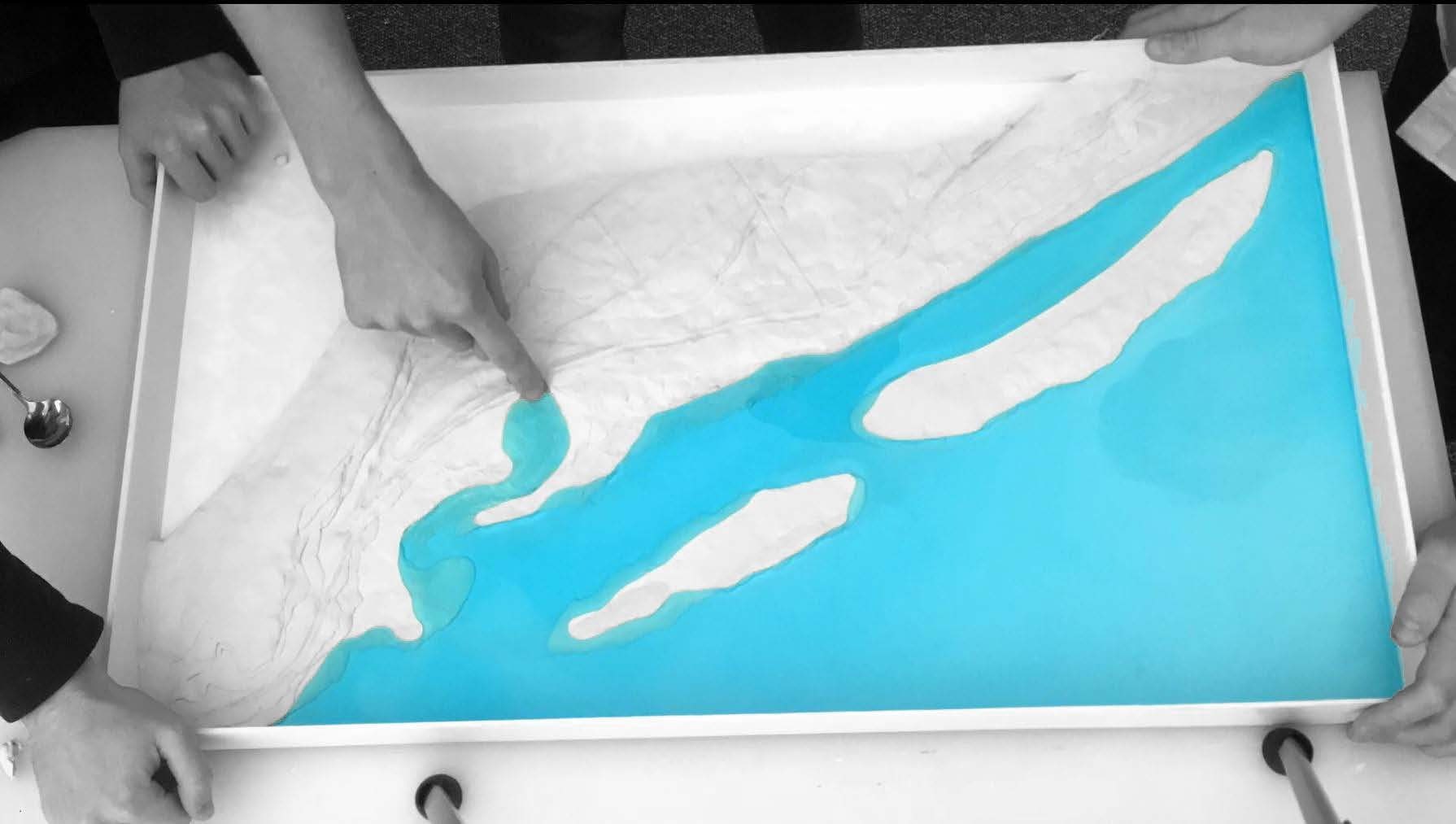
Climate change adaptation is a complex challenge, requiring input from many disciplines and stakeholders throughout the process. And that process is never over. Iteration is key, revisions need to be made to existing strategies and plans as stakeholder needs, politics, economics, and science shift.
My work in Climate Outreach with the Hudson River Estuary Program (HREP) through the Cornell Water Resources Institute (WRI) is all about helping municipalities to face this complexity and succeed in adapting to our changing climate and become more resilient. To that end, I’m currently working on two main projects.

Climate Adaptive Design
The Climate Adaptive Design (CAD) Program is a partnership with Cornell University, bringing Landscape Architecture Students into Hudson Valley communities to help them visualize potential climate adaptations. Supporting this course was my first role at the Estuary Program, and I am continuing that work.
My research on participation and outreach for my literature review last year has been valuable, since both are challenges we are working on addressing in the CAD program as it evolves from a pilot stage to a more permanent program.
I work with a team—including my supervisor Libby Zemaitis, Professor Joshua Cerra from Cornell, and others from municipalities and non-profit partners—to tailor the course to the specific site and students each semester. I assist with research before the semester, finding previous documents and plans for the area and helping prioritize the issues students should be addressing with their designs. I am also responsible for reaching out to stakeholders to try to increase local engagement with the class, both in person and online.

Hudson River Sea Level Rise Learning Groups
I am now also on the Planning Team of a second project, the Hudson River Sea Level Rise Learning Groups (SLR Learning Groups). The Consensus Building Institute, Hudson River Estuary Program, and Scenic Hudson are working together on these SLR Learning Groups, targeted toward four communities that participated in Flooding Task Force (FTF) efforts in 2013-14. The SLR Learning Groups are a series of workshops that aim to build the capacity of participating communities to accomplish goals either from their FTF final reports, or new ones set based on their changing circumstances.
As part of the planning team, I help to set topics for each learning group and develop materials and activities for participants at the workshop. Some topics I’m working on include communicating about flood risk, choosing sites for green infrastructure, and using art to educate community members about sea level rise. I also offer support to the community representatives, helping them to strategize how to implement what they have learned at the workshop.
My understanding of policy instruments, especially how to fund them and their economic impacts, gained from my first year coursework has been essential in helping these communities since budgets are often a limiting factor in the Hudson Valley. A major goal of this effort is for the participating communities to share knowledge and lessons learned from their work on the FTF goals, hopefully building lasting ties between these communities as a way to improve their long-term resilience. The knowledge-sharing and building of social capital goals of both projects are directly related to policy research I began during my first year, and am continuing through my thesis.

Teamwork and Research
I enjoy working collaboratively as a part of both teams. We discuss new ideas, challenges, and strategies, constantly working on improving our programs. The Estuary Program has given me the opportunity to continue my research on community engagement and outreach as well as adaptation and resilience strategies, by attending webinars and trainings, and reading published papers and reports, to learn best practices and potential pitfalls.
The field of Climate Adaptation is constantly evolving, and I am glad that at the Estuary Program we are focused on understanding the latest thinking and research, using it to improve our own work, and sharing our learning with the municipalities and partners we work with.
